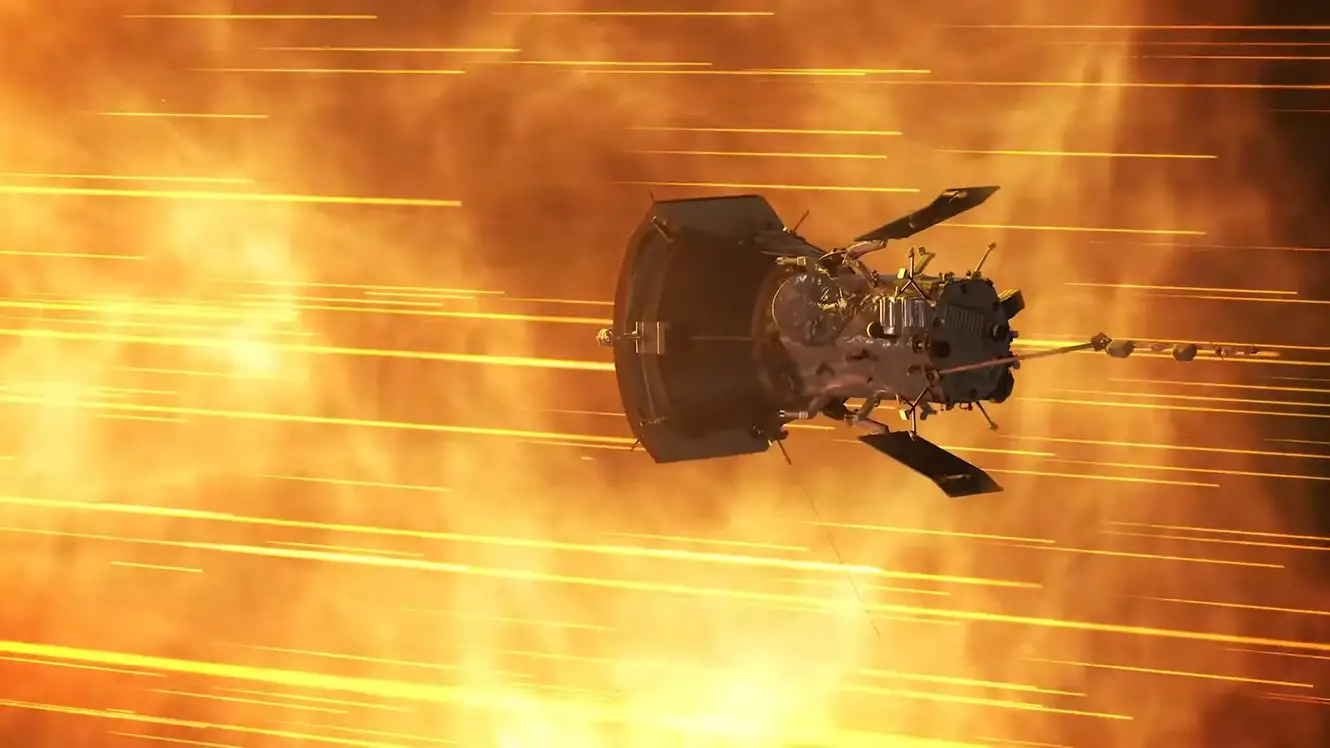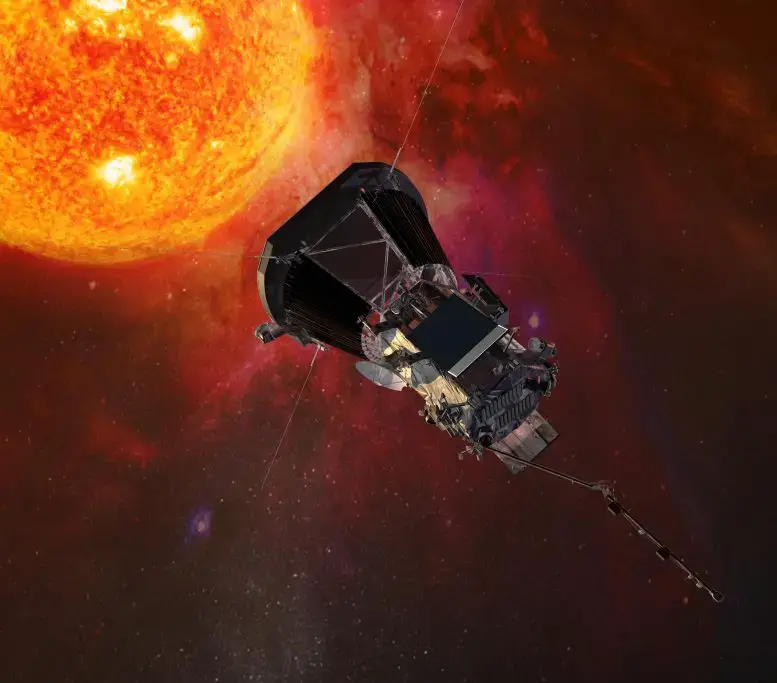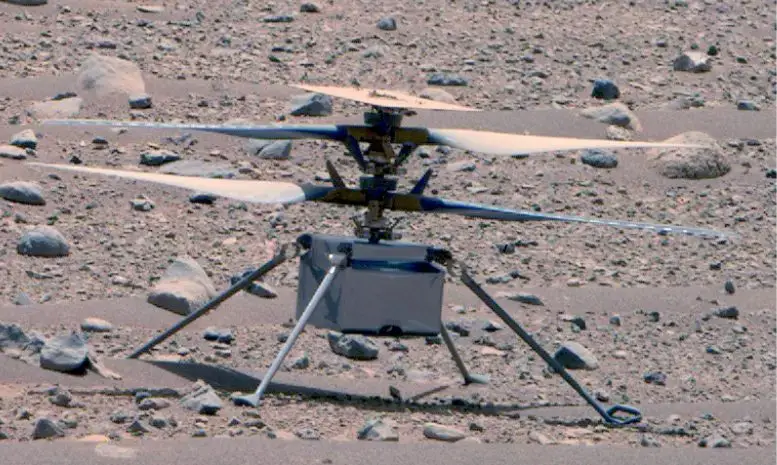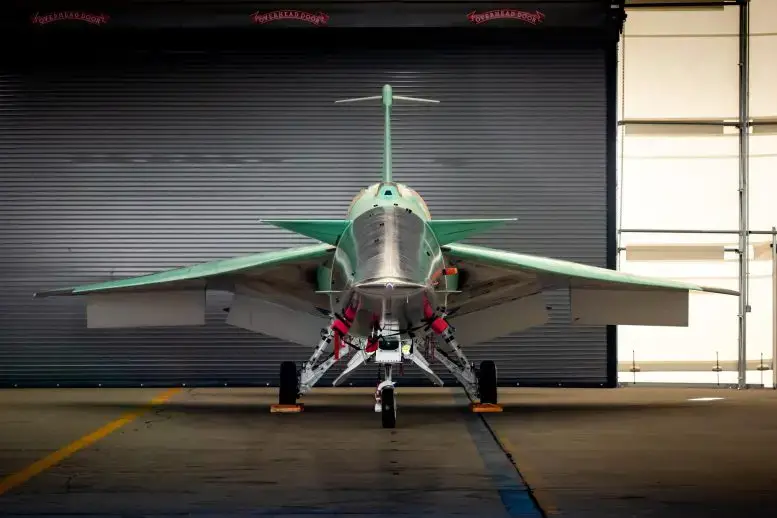NASA’s Parker Solar Probe completed its 16th Sun orbit on June 27, 2023, coming within 5.3 million miles during its perihelion. Credit: NASA GSFC/CIL/Brian Monroe

And we’re back in touch with NASA’s helicopter on Mars …
A few of the stories to tell you about – This Week at NASA!
Webb Detects Most Distant Active Supermassive Black Hole to Date
Researchers have used NASA’s James Webb Space Telescope to discover the most distant active supermassive black hole to date. The black hole, which is less massive than any other black hole yet identified in the early universe, was discovered in a galaxy that existed just over 570 million years after the big bang. Find out more at nasa.gov/webb.

Illustration of the Parker Solar Probe spacecraft approaching the sun. Credit: Johns Hopkins University Applied Physics Laboratory
Parker Solar Probe Completes 16th Orbit of the Sun
NASA’s Parker Solar Probe recently completed its 16th orbit of the Sun. This included a close approach, known as perihelion, during which the spacecraft came within 5.3 million miles of the solar surface. In August, Parker Solar Probe will fly by Venus – using the planet’s gravity to help set up an even closer perihelion in the future. These close approaches will help us learn more about heliophysics.

NASA’s Ingenuity Mars Helicopter was captured by the Perseverance rover’s Mastcam-Z on April 16, not long after the rotorcraft’s 50th flight. The helicopter would soon fall silent for 63 days due hilly terrain that interrupted communications between the rover and aircraft. Credit: NASA/JPL-Caltech/ASU/MSSS
Ingenuity Mars Helicopter Phones Home
The Ingenuity Mars Helicopter team recently re-established contact with the helicopter after about 63 days of being incommunicado. Ingenuity’s most recent flight took it behind a hill, which blocked communications between Ingenuity and the Perseverance rover – which acts as a radio relay between the helicopter and Earth. Contact was re-established when Perseverance drove up the hill and back into Ingenuity’s line of sight.

NASA’s X-59 aircraft is parked near the runway at Lockheed Martin Skunk Works in Palmdale, California, on June 19, 2023. This is where the X-59 will be housed during ground and initial flight tests. Credit: Lockheed Martin
NASA’s X-59 Moves Closer to Runway
NASA’s X-59 aircraft was recently moved from its construction site to the flight line at Lockheed Martin Skunk Works in Southern California. The move is one of many milestones in preparing the plane for its first flight. The X-59 is designed to demonstrate the ability to fly supersonic while producing just a quiet sonic thump instead of the loud sonic boom typically associated with supersonic flight.
That’s what’s up this week @NASA





